Descripción
Los autores de este texto, Case, Fair y Oster, creen que la mejor manera de entender cómo funcionan las oportunidades del mercado y la mejor manera de entender la teoría económica básica, es trabajar a través del modelo de competencia perfecta, incluyendo discusiones de los mercados de productos y los mercados de insumos (tierra, mano de obra y de capital), y las conexiones entre ellas, antes de pasar a las estructuras no competitivas de mercado, como el monopolio y el oligopolio.
Cuando los estudiantes a entienden cómo funciona un sistema sencillo de competencia perfecta, se puede empezar a pensar en cómo las piezas de la economía encajan. Aprender primero competencia perfecta, permite a los estudiantes ver el poder del sistema de mercado.
Es imposible hablar de la eficiencia de los mercados, así como los problemas que surgen de los mercados hasta que los estudiantes han visto como un sistema de mercado simple, perfectamente competitivo produce bienes y servicios.
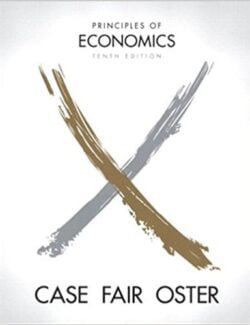
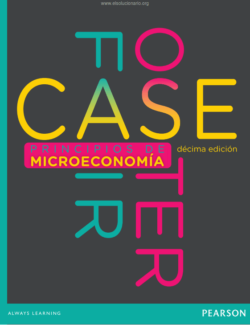

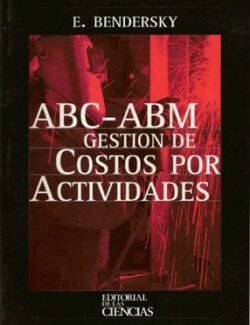



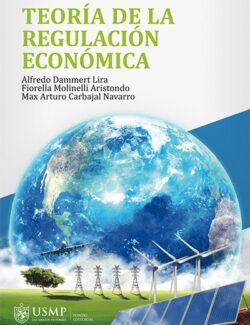

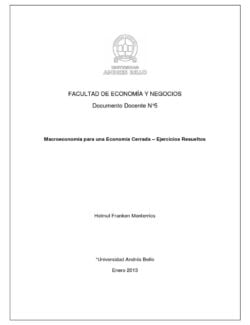



Déjanos un comentario
2 comentarios